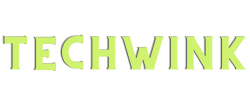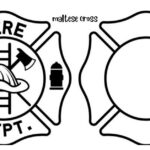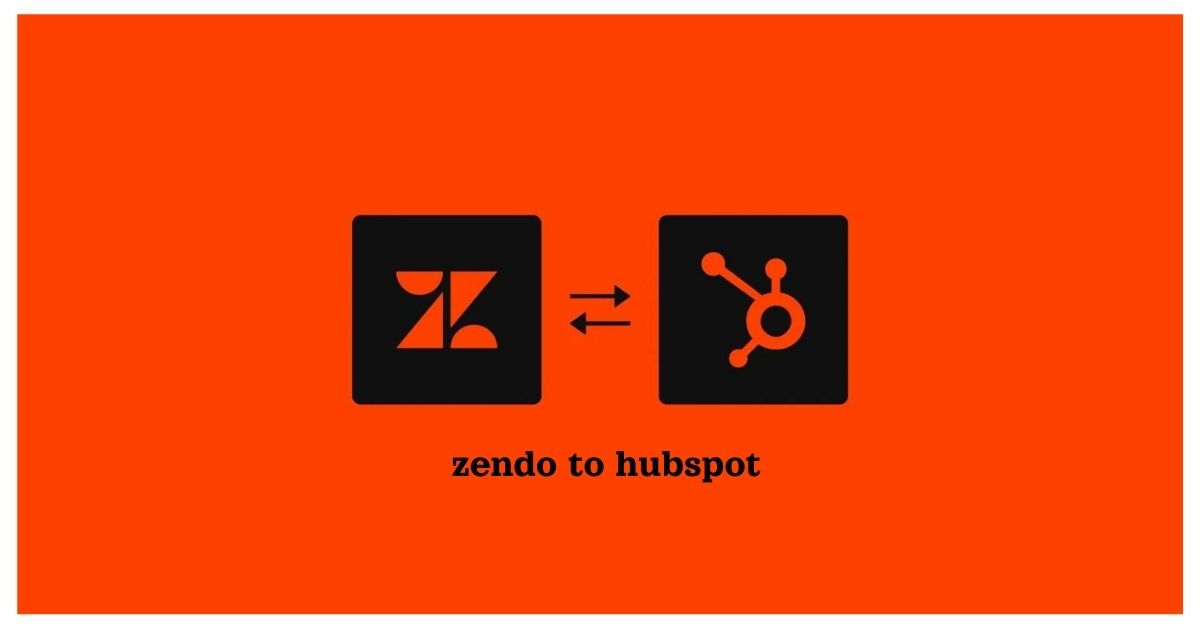In today’s fast-paced business environment, efficiency is key. With the rise of various project management tools and customer relationship management (CRM) platforms, businesses often find themselves juggling multiple systems to manage their operations. Zendo and HubSpot are two such tools that, when used together, can significantly enhance your workflow. This article will explore how to seamlessly integrate Zendo with HubSpot to create a unified system that improves productivity and streamlines processes.
Understanding Zendo and HubSpot
Before diving into the integration process, it’s essential to understand what Zendo and HubSpot offer individually. Zendo is a versatile project management tool designed to help teams collaborate, manage tasks, and track progress efficiently. It offers features like task assignments, project timelines, and file sharing, making it a go-to solution for many businesses.
On the other hand, HubSpot is a comprehensive CRM platform that provides tools for marketing, sales, and customer service. It allows businesses to manage their customer interactions, track leads, and automate various aspects of their marketing efforts. HubSpot’s powerful analytics and reporting tools provide valuable insights into customer behavior, helping businesses make data-driven decisions.
The Need for Integration
While Zendo excels at project management and team collaboration, HubSpot shines in CRM and marketing automation. However, businesses often face challenges when these tools are used separately. Information silos can form, leading to inefficiencies and miscommunication. Integrating Zendo with HubSpot bridges this gap, allowing for a more cohesive workflow where project management and customer relationship management work hand in hand.
Benefits of Integrating Zendo with HubSpot
Integrating Zendo with HubSpot offers several benefits that can transform how your business operates. Firstly, it eliminates the need for manual data entry across platforms. When these tools are integrated, information flows seamlessly between them, reducing the risk of errors and saving time.
Secondly, integration enhances collaboration between teams. For instance, your sales team using HubSpot can easily communicate with the project management team using Zendo. This alignment ensures that everyone is on the same page, improving overall efficiency.
Finally, integrating Zendo with HubSpot provides a holistic view of your business operations. You can track a customer’s journey from the initial lead stage in HubSpot through to project completion in Zendo. This comprehensive visibility allows for better decision-making and more personalized customer experiences.
Steps to Integrate Zendo with HubSpot
Integrating Zendo with HubSpot is a straightforward process, but it requires careful planning to ensure a smooth transition. Here’s a step-by-step guide to help you get started.
Step 1: Assess Your Business Needs
Before you begin the integration, it’s crucial to assess your business needs. Determine what data needs to be shared between Zendo and HubSpot and identify the workflows that will benefit from this integration. Understanding your requirements will help you set up the integration effectively.
Step 2: Choose the Right Integration Tool
Several third-party integration tools can help you connect Zendo and HubSpot. Tools like Zapier, Integromat, and Automate.io offer pre-built templates and customizable workflows to simplify the integration process. Choose a tool that fits your business needs and budget.
Step 3: Set Up the Integration
Once you’ve chosen an integration tool, follow the setup instructions provided by the tool. Typically, this involves connecting your Zendo and HubSpot accounts, mapping data fields between the two platforms, and configuring triggers that will automate tasks.
Step 4: Test the Integration
After setting up the integration, it’s essential to test it thoroughly. Ensure that data is flowing correctly between Zendo and HubSpot and that the automation triggers are working as expected. Testing helps identify any issues that need to be addressed before the integration goes live.
Step 5: Train Your Team
Successful integration requires that your team is on board and understands how to use the integrated system. Provide training sessions to familiarize them with the new workflows and address any concerns they may have. A well-trained team will maximize the benefits of the integration.
Common Use Cases for Zendo and HubSpot Integration
Integrating with it opens up a range of possibilities for improving your business processes. Here are a few common use cases:
Lead Management to Project Execution
One of the most significant advantages of integrating Zendo with HubSpot is the seamless transition from lead management to project execution. When a lead in HubSpot is converted into a customer, the relevant information can be automatically transferred to Zendo. This transfer includes details like project requirements, timelines, and assigned team members, ensuring that the project kicks off smoothly without any delays.
Automated Task Creation
Another powerful use case is the automation of task creation. For example, when a deal in HubSpot reaches a specific stage, a corresponding task can be automatically created in Zendo. This automation ensures that no task is overlooked and that your team stays on top of their responsibilities without the need for manual intervention.
Centralized Communication
Integrating with it also centralizes communication across your teams. Emails, notes, and other communication logs in HubSpot can be synced with Zendo, giving your project management team access to all relevant customer interactions. This synchronization allows for better collaboration and ensures that your team has the context they need to deliver exceptional results.
Reporting and Analytics
Finally, the integration allows for more comprehensive reporting and analytics. By combining data from Zendo and HubSpot, you can generate reports that provide insights into both your sales pipeline and project performance. These reports help you identify trends, optimize processes, and make informed decisions to drive business growth.
Challenges to Consider
While integrating Zendo with HubSpot offers numerous benefits, it’s important to be aware of potential challenges. One common issue is data mapping, where fields in Zendo and HubSpot may not align perfectly. Careful planning and customization are required to ensure that data flows correctly between the two platforms.
Another challenge is managing the complexity of automation triggers. If not set up properly, automation can lead to unintended consequences, such as duplicate tasks or missed updates. Regular monitoring and adjustments are necessary to keep the integration running smoothly.
Best Practices for a Successful Integration
To ensure a successful integration of Zendo with HubSpot, follow these best practices:
Start Small: Begin with a simple integration and gradually expand it as you become more comfortable with the system. This approach minimizes risks and allows you to address any issues early on.
Document Workflows: Clearly document your workflows and integration processes. This documentation will serve as a reference for your team and help maintain consistency in your operations.
Monitor Performance: Regularly monitor the performance of your integrated system. Keep an eye on key metrics and be prepared to make adjustments as needed to optimize the integration.
Seek Expert Help: If you’re unsure about any aspect of the integration, don’t hesitate to seek expert help. Consultants or integration specialists can provide valuable guidance and ensure that your integration is set up for success.
Conclusion
Integrating Zendo with HubSpot is a strategic move that can significantly enhance your business operations. By combining the strengths of both platforms, you can create a seamless workflow that improves efficiency, collaboration, and customer satisfaction. While challenges may arise during the integration process, careful planning, testing, and ongoing monitoring will help you overcome them and reap the full benefits of this powerful combination.
FAQs
How long does it take to integrate Zendo with HubSpot?
The integration process can vary depending on the complexity of your workflows. However, most businesses can complete the integration within a few days to a week.
Do I need technical expertise to integrate Zendo with HubSpot?
While basic technical knowledge is helpful, many integration tools offer user-friendly interfaces that make the process accessible even to non-technical users.
Can I customize the integration to fit my business needs?
Yes, most integration tools allow for customization, enabling you to tailor the integration to your specific workflows and requirements.
What should I do if I encounter issues during the integration?
If you run into problems, consult the support resources provided by your integration tool or seek help from an integration specialist to resolve the issue.
Will the integration affect my existing data in Zendo and HubSpot?
The integration should not affect your existing data, but it’s always a good idea to back up your data before proceeding with the integration.







